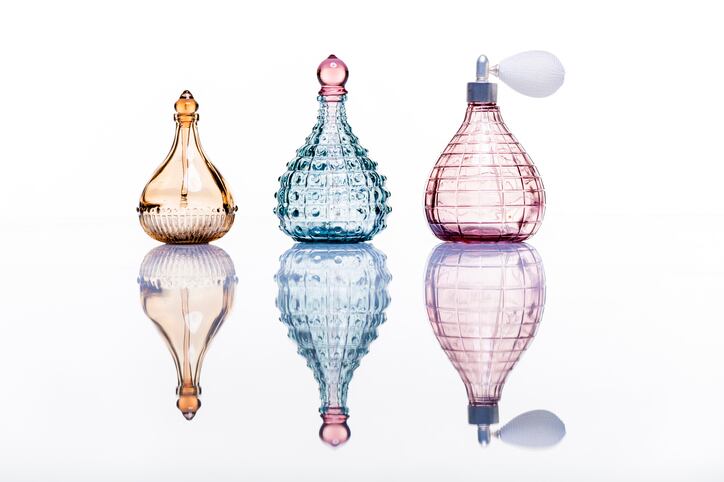Last year, the prestige beauty category grew double digits across Europe, with most dynamic growth seen in Italy and Spain, up more than 20% YoY in both markets, according to Circana – the consumer insights merger between NPD Group and IRI. And within this, fragrances had proven particularly resilient post-pandemic, now representing 55% weight of the total prestige market worldwide.
Prestige beauty challenges
Emma Fishwick, senior account manager at Circana, said prestige beauty had certainly experienced “a year like no other” in 2022.
From the emergence of COVID-19’s Omnicron variant prompting waves of fresh isolation to the war in Ukraine causing a humanitarian and food and energy crisis, Fishwick said there had been plenty for consumers and businesses to navigate. But despite these challenges, prestige beauty had continued to grow post-pandemic, with hair care and fragrance most dynamic compared to pre-COVID levels.
Speaking at last week’s in-Cosmetics Global tradeshow in Barcelona, Spain, she said: “Hair care is probably no surprise as we know we had the closure of salons as a result of the pandemic, and as a result we were all forced to do our hair from home. We’ve also seen the skinification of hair. Fragrance is also up, but a large reason behind this is due to the premiumisation we’re seeing within the category.”
Euromonitor International was another market trends specialist to highlight the skinification of hair and premiumisation as important trends for 2023 at in-Cosmetics Global.
A fragrance new product development slow
A deeper look at fragrances, Fishwick said, showed a slowing in true innovation terms. Whilst makeup, skin care and hair care had all increased “the weight of innovation” in 2022 versus 2021, fragrance innovations were instead down.
The growth seen in fragrances over the past year, she said, had instead come from existing portfolios and products.
“There were only two new concepts within the top 10 [fragrance] lines, and they were new concentrations and flankers of existing lines,” she said. “This has meant that the total fragrance growth we saw over the year was driven by existing products whilst newness is down overall.”
This overall decline in fresh innovation, she said, could largely be seen in the biggest sub-segments of the market: women’s EDP [Eau de Parfum] formats and men’s EDT [Eau de Toilette] formats.
“With the new flankers and new concentrations of existing lines, these are enabling brands to have more visibility but also promote more longevity. So, that’s definitely a trend we are observing,” Fishwick said.
So, what did this mean for the future of fragrance innovation?
Promise in refills and in-store experiences
Brands, she said, would likely continue with premiumisation strategies versus actual new product development in fragrances. But for any future strategy, she said there were areas the market ought to be looking at closely.
Refillable fragrances, for example, held huge promise given they only currently represented 5.6% of the total fragrance market today. Refillable fragrances, she said, not only offered a more sustainable option to consumers, it was also a value for money proposition – an increasingly relevant idea for today’s beauty consumer navigating the cost-of-living crisis.
According to a December 2022 Circana global consumer sentiment survey, 16% of consumers understood the value for money proposition of a refill but 37% still claimed to not be interested. This, Fishwick said, suggested that industry had a duty to educate the consumer on the “advantages of refillables”.
Refill fragrances were also growing faster – up 23% versus 13% growth for non-refillable fragrances – so there was clear growth potential to be tapped into, she said.
The return of brick and mortar retailers also presented opportunities, as this retail space now accounted for two-thirds of fragrance growth with e-commerce staying flat, Fishwick said.
“The importance of beauty consultants within the market is still very much prevalent, as we can see that the in-store experience, but also the storytelling, remains key to the category, especially with the premiumisation that we’re seeing throughout.”
“We also know that a fragrance success largely relies on the nose, thereby the reliance on bricks and mortar here is heightened,” she said.
Looking ahead, Fishwick said it would be key for fragrance brands to clearly identify the stores that aligned best with them, targeting the retailers that could be the “most strategic partners” for future fragrance innovation and launches.




